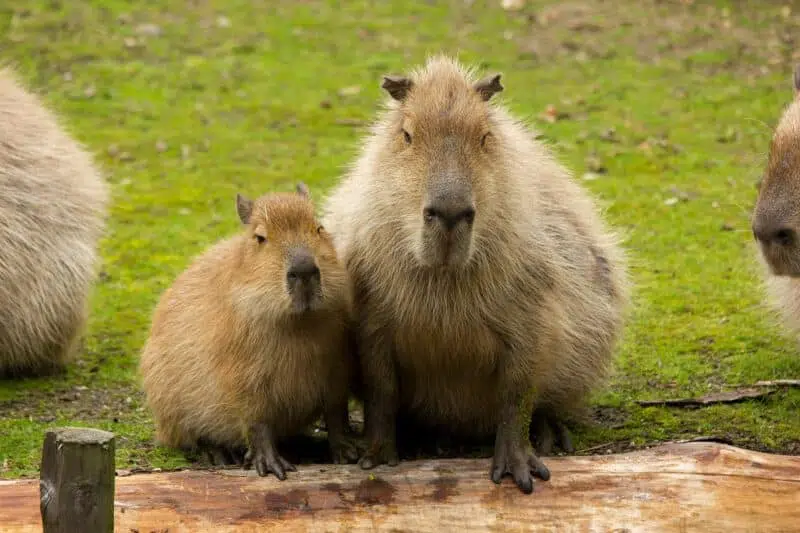Welcome to animals that start with C.
You should find some animals you are already familiar with here, but hopefully some new ones too.
You can read the entire article or jump to any section.
Overview of Animals That Start With C
1. Caiman
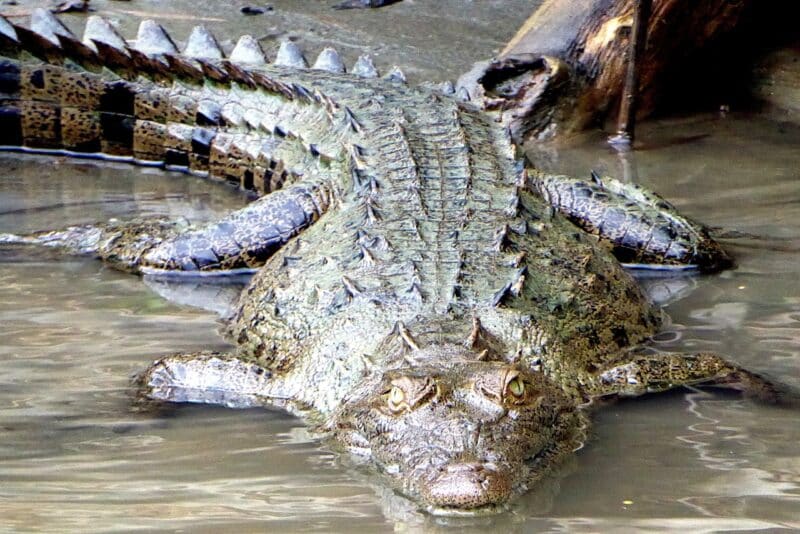
| Scientific Name | Caiman spp. |
| Where it Lives | Central & South America |
| What it Eats | Fish, birds, small mammals |
| Conservation Status | Least concern |
Fun Fact: Caimans cannot chew food. They tear meat and swallow it whole.
Caimans, also spelled caymans, are social reptiles. They have eyes and nostrils on the top of their head and snout that often stay above water when they swim. They feed primarily hunt fish, but will also feed on other small animals. Caimans are smaller than alligators, crocodiles, and gharials. They are further characterized by their stocky bodies and U-shaped mouths. There are presently six extant species of caimans.
2. Caiman lizards
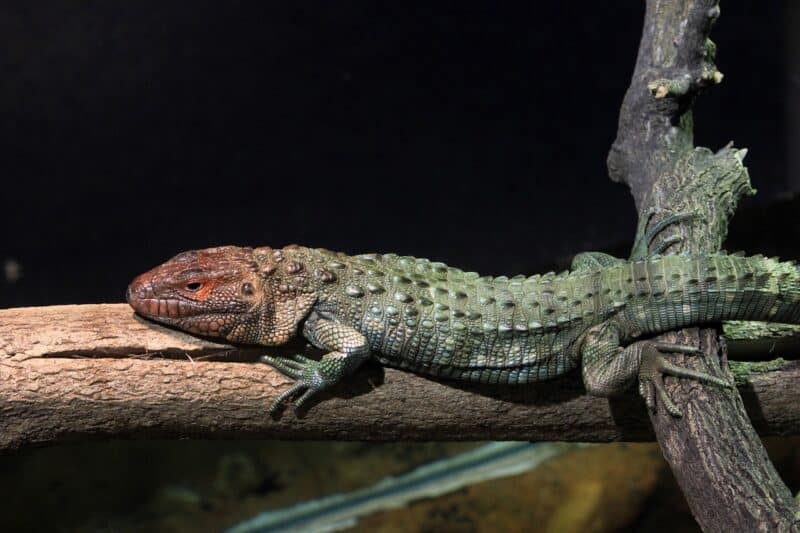
| Scientific Name | Dracaena spp. |
| Where it Lives | Central South America |
| What it Eats | snails, crawfish, freshwater clams |
| Conservation Status | Least concern |
Fun Fact: Caiman lizards are some of the largest lizards in the world and can grow as long as 5 feet!
Caiman lizards, also known as water tegus, spend much of their time in the water of marshes, streams, and flooded forests. Caimans have crocodile-like scales and are colored mostly green with a reddish head. There are two species of caiman lizards, the northern caiman lizard and the Paraguayan caiman lizard. Their main predators are crocodiles, snakes, and jaguars.
3. Camel

| Scientific Name | Camelus spp. |
| Where it Lives | Critically endangered (one species) |
| What it Eats | Grass, leaves, grains |
| Conservation Status | Critically endangered (one specie) |
Fun Fact: Camels can survive for long periods without water, even for as long as ten months.
Camels are very recognizable mammals that live in arid deserts and scrublands in Africa and Asia. They can travel long distances across the desert without growing tired and, accordingly, have been used for centuries as a means of transport of passengers and cargo. There are three species of camels, two domesticated species, Dromedary and Bactrian camels, and one wild species, wild Bactrian camels, which are critically endangered.
4. Camel Spider

| Scientific Name | 147 genera, >1,000 species |
| Where it Lives | Worldwide, except Antarctica and Australia |
| What it Eats | Termites, beetles, arthropods |
| Conservation Status | Least concern |
Fun Fact: Camel spiders may appear to chase humans, but in reality, they are following the shadow.
Camel spiders, also known as wind scorpions or sun spiders, are an order of arachnids known as Soliugae. They are neither true scorpions nor true spiders. They live in dry climates and are characterized by their large sizes and large jaws. Camel spiders do not pose a significant threat to humans.
5. Canada Lynx
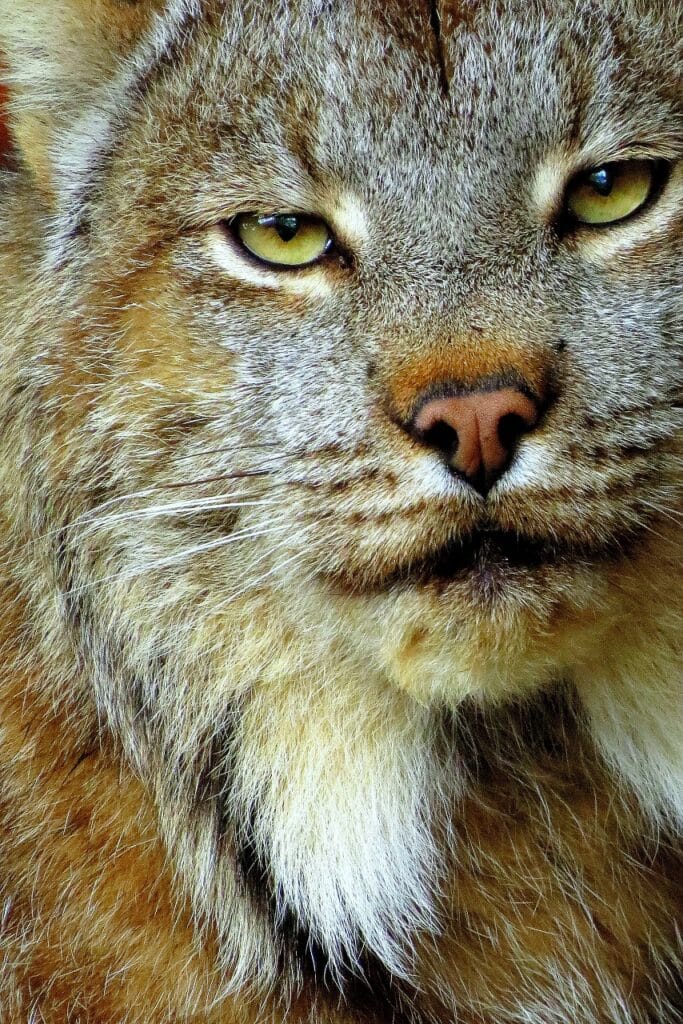
| Scientific Name | Lynx canadensis |
| Where it Lives | Central Canada, Alaska |
| What it Eats | Hares, ducks, squirrels |
| Conservation Status | Least concern |
Fun Fact: Canada Lynx has natural snowshoes to keep them warm.
Canada lynxes are solitary wildcats that have fluffy coats with long hair, and triangular ears with a long tuft of black hair at the tip. These cats are medium-sized and weigh between 11-37 lbs (5-17 kg). They live far north in North America and primarily prey on Snowshoe hares.
6. Cape Lion
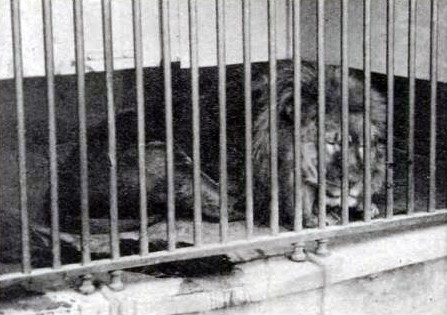
| Scientific Name | Panthera leo melanochaita |
| Where it Lived | South Africa |
| What it Ate | Large ungulates |
| Conservation Status | Extinct |
Fun Fact: In 2000, lions guessed to be descendants of Cape lions were found in captivity in Russia, and two of them were brought to South Africa; however, DNA testing has never been done, so whether they are Cape lions has not been proven.
Cape lions are extinct. They once inhabited Africa’s southern Cape region and were distinct from other lion species by their black mane. They became extinct due to overhunting and habitat loss during colonization.
7. Capybara

| Scientific Name | Hydrochoerus hydrochaeris |
| Where it Lives | South America |
| What it Eats | Grasses, aquatic plants |
| Conservation Status | Least concern |
Fun Fact: Capybaras are social and friendly; they have even been spotted being friendly with caimans.
Capybaras are semi-aquatic rodents native to swampy areas of South America. They have webbed feet that make them excellent swimmers and they enjoy. They are the largest rodent species in the world.
8. Caracal

| Scientific Name | Caracal caracal |
| Where it Lives | Africa, Middle East, Central Asia |
| What it Eats | Small mammals, birds |
| Conservation Status | Least concern |
Fun Fact: Caracals have 20 muscles in each ear.
Caracals are medium-sized wild cats. They are typically nocturnal and often hunt in pairs. They are speedy and can leap high into the air, making them good hunters.
9. Caribou
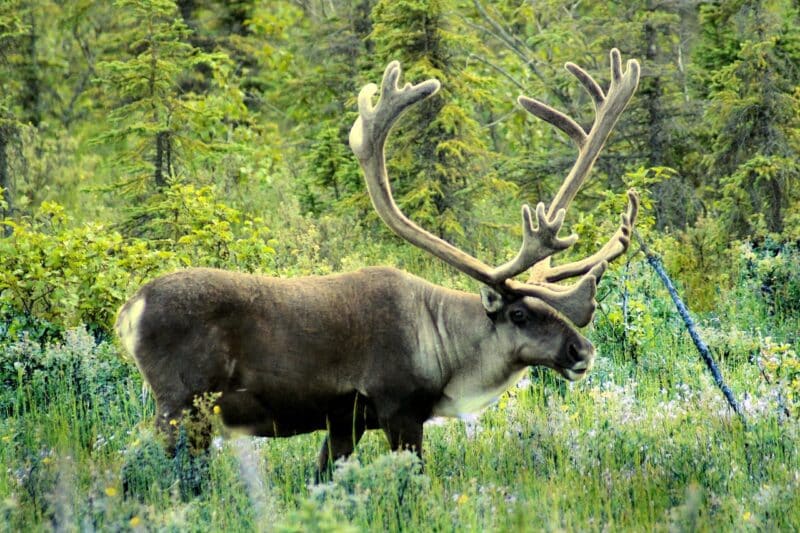
| Scientific Name | Rangifer tarandus |
| Where it Lives | Northern Europe, North America |
| What it Eats | Lichen, leaves, grass |
| Conservation Status | Vulnerable |
Fun Fact: In contrast to other deer species, both females and males have prominent antlers.
Caribous are also known as reindeer. Their distinct characteristic is their antlers, which grow bigger annually. Their fur varies in shade, becoming darker or lighter based on the climate of their habitat.
10. Carpenter Ant

| Scientific Name | Camponotus spp. |
| Where it Lives | Worldwide, wood in forests/houses |
| What it Eats | Honeydew, insect parts |
| Conservation Status | Least concern |
Fun Fact: Carpenter ants can carry up to seven times their weight using their teeth!
Carpenter ants live in colonies in dead or decaying wood in houses or forests. They leave piles of wood shavings behind as they burrow through wood creating their nests. This is because, contrary to popular belief, ants do not eat wood, they only tunnel through it.
11. Carpet Viper
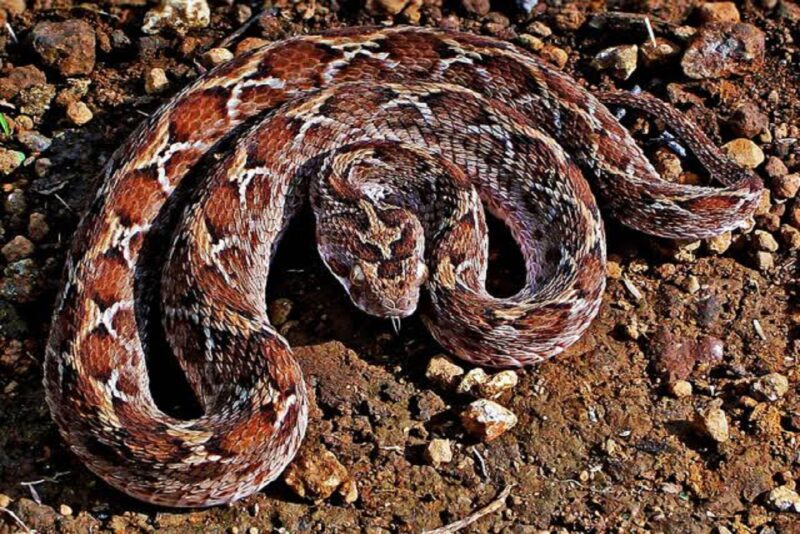
| Scientific Name | Echis spp. |
| Where it Lives | South Asia, Middle East, North Africa |
| What it Eats | Locusts, spiders, frogs, birds |
| Conservation Status | Least concern |
Fun Fact: The venom of the Carpet Viper is made of four different types of poison.
Carpet vipers, also known as saw-scaled vipers, are small and deadly snakes. They cause the most snake bite-related human deaths worldwide. There are 12 extant species of these snakes, all living in warm, arid climates.
12. Cassowary

| Scientific Name | Struthio casuarius |
| Where it Lives | New Guinea, Australia, Yapen |
| What it Eats | Fruit, fungi, snails, insects |
| Conservation Status | Endangered |
Fun Fact: Cassowaries will eat their feces if undigested.
Cassowaries are large, flightless birds characterized by their horn-like crests atop their bright blue heads and red necks. There are three extant species of cassowaries. Males construct their nests out of leaves on the ground. After mating, the male chases the female away and raises the chicks himself.
13. Catfish
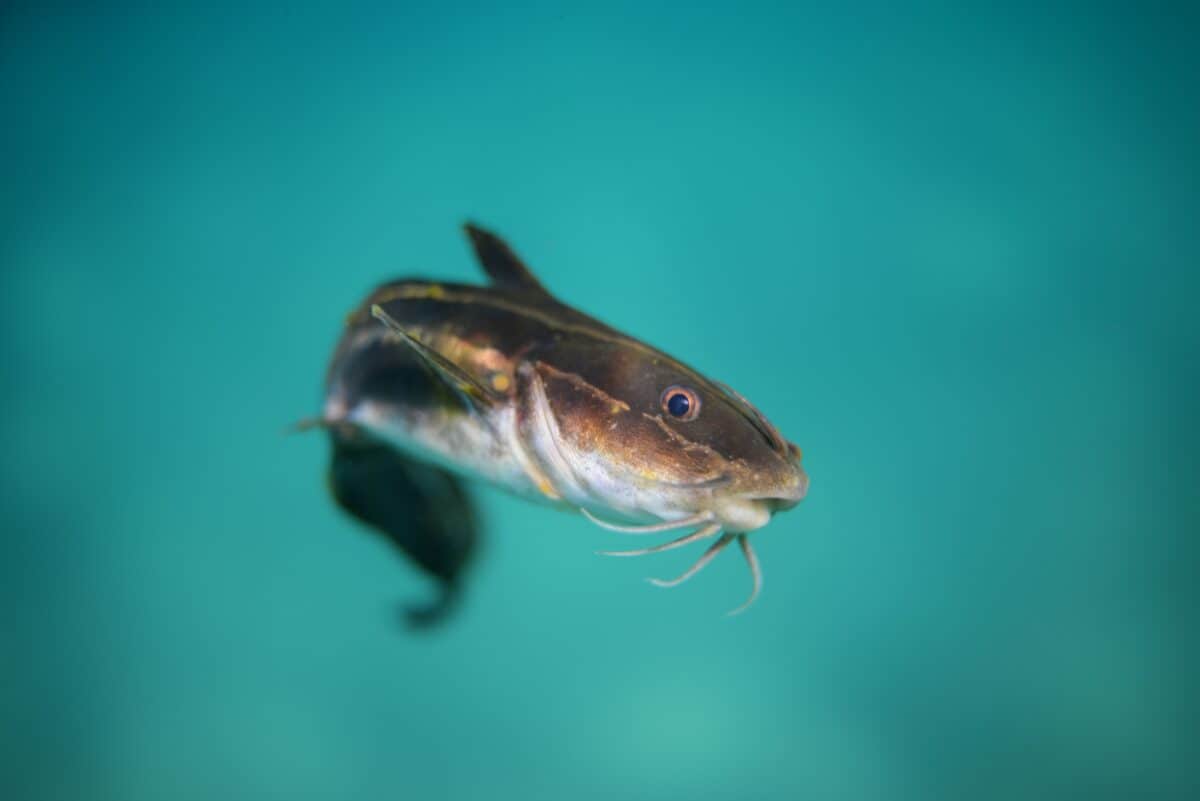
| Scientific Name | Silurus glanis |
| Where it Lives | Every continent except Antarctica |
| What it Eats | Nine species are critically endangered |
| Conservation Status | Nine species critically endangered |
Fun Fact: Catfishes can live up to 20 years in the wild.
Catfishes thrive in fast-flowing rivers all over the world. They serve as food in many parts of the world. Their most distinguishing features are the ‘whiskers’ around their jaw that have a sensory function. Several species of catfish are critically endangered, endangered, or vulnerable.
14. Cheetah
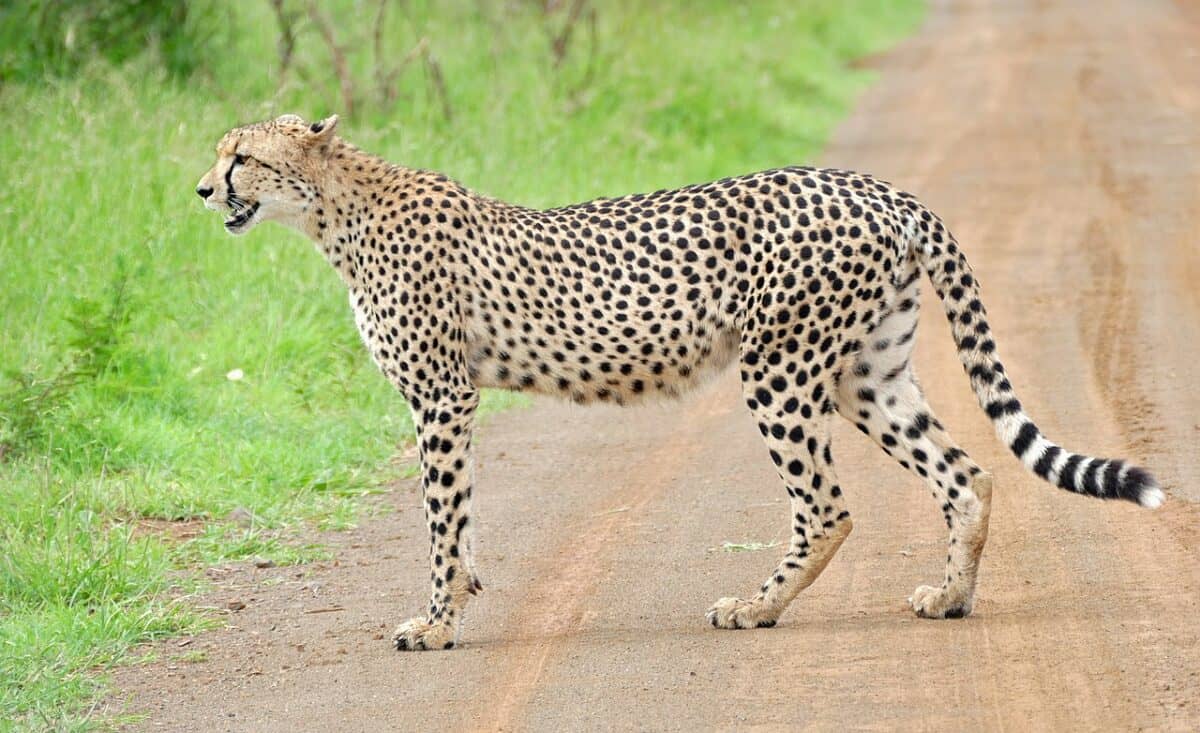
| Scientific Name | Acinonyx jubatus |
| Where it Lives | Africa, Middle East, South Asia |
| What it Eats | Medium-sized ungulates |
| Conservation Status | Vulnerable |
Fun Fact: In the past, cheetahs were tamed and employed in hunting to provide food for communities.
These cats are categorized into five distinct subspecies by their geographical locations. They are easily recognizable by their characteristic “tear stains” extending from the inner corners of their eyes. Cheetahs are widely recognized as the world’s fastest land mammal, capable of running at speeds of 58-65 mph (93-104 km/h).
15. Chickadee

| Scientific Name | Poecile spp. |
| Where it Lives | North America |
| What it Eats | Seeds, berries, insects |
| Conservation Status | Least concern |
Fun Fact: Chickadees have their name from the sound they make “chick-a-dee-dee-dee-dee-dee!”
Chickadees are a North American species of birds in the tit family. They have striking black and white plumage on their small, round bodies. They will build a new nest every year for each new brood.
16. Chinese Paddlefish
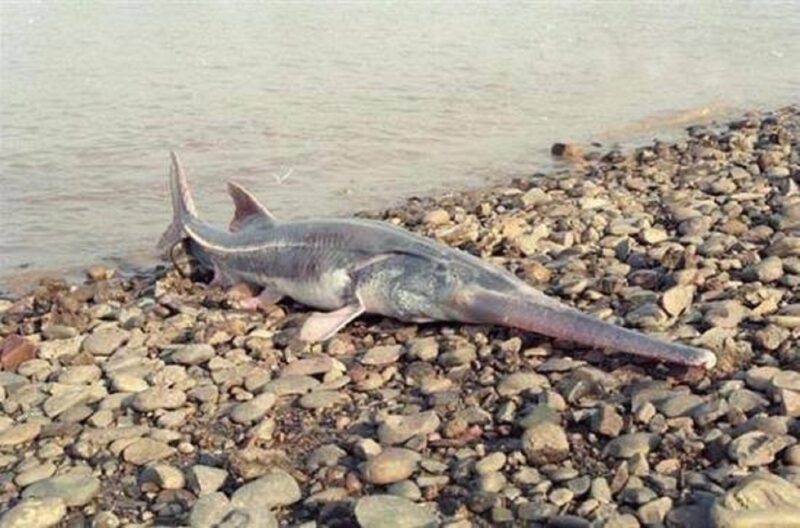
| Scientific Name | Psephurus gladius |
| Where it Lived | Yangtze & Yellow River basins |
| What it Ate | Small & medium-sized fish |
| Conservation Status | Extinct |
Fun Fact: Chinese paddlefishes were hunted in the 1970s and 1980s for their eggs made into caviar and sold at a high price.
Chinese paddlefishes, also known as Chinese swordfish, were officially declared extinct in 2022, with an estimated time of extinction by 2005. Overfishing and the construction of dams, which affected their spawning migration, were the main causes of their extinction. They were characterized by their large paddle-shaped noses. These fish only had scales near their fins.
17. Chinstrap Penguin

| Scientific Name | Pygoscelis antarcticus |
| Where it Lives | Antarctica, South Atlantic islands |
| What it Eats | Fish, krill, shrimp |
| Conservation Status | Least concern |
Fun Fact: The largest chinstrap penguin colony has more penguins than San Francisco has people.
Chinstrap penguins are the most numerous penguin species in the world. They mate for life and are the most aggressive penguins in the world. They can also “microsleep” in 4-second intervals, which they do around 10,000 times per day.
18. Christmas Island Red Crab
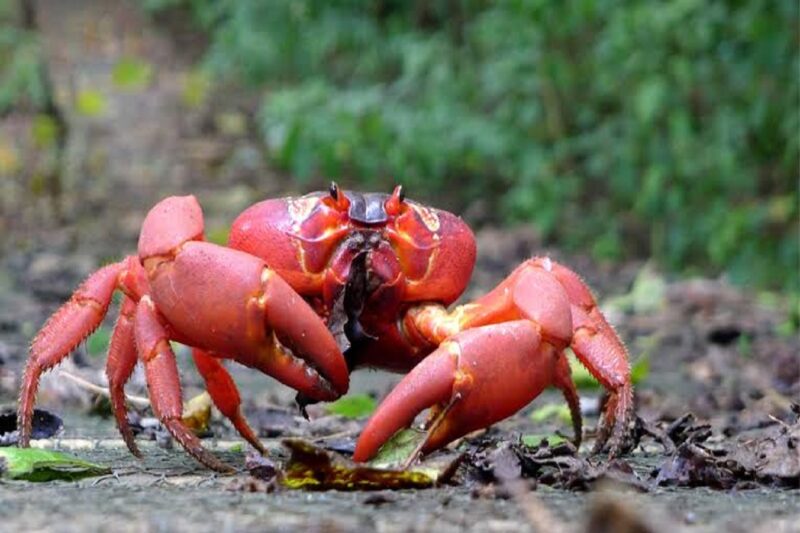
| Scientific Name | Gecarcoidea natalis |
| Where it Lives | Christmas Island, Cocos (Keeling) Islands |
| What it Eats | Leaves, fruits, snails |
| Conservation Status | Not evaluated yet |
Fun Fact: These crabs have shells so hard that they can puncture tires.
Christmas Island red crabs are characterized by their beautiful red carapaces (their exoskeleton). Mature crabs molt once annually. They use gills to breathe and will die if they dry out.
19. Colossal Squid

| Scientific Name | Mesonychoteuthis hamiltoni |
| Where it Lives | Antarctic Ocean |
| What it Eats | Plankton, large fish |
| Conservation Status | Least concern |
Fun Fact: Colossal squids have the most prominent eyes in the animal kingdom.
Colossal squids are, as implied by their names, enormous. Not to be confused with the giant squid, they can grow as long as 46 ft (14 m)! They are the largest known invertebrate in the world.
20. Cross River Gorilla

| Scientific Name | Gorilla gorilla diehli |
| Where it Lives | Cameroon, Nigeria |
| What it Eats | Fruit, herbs, bark |
| Conservation Status | Critically endangered |
Fun Fact: They do not reproduce again until their young reach the age of 3 or 4 years.
Cross-river gorillas live in the mountainous region between Nigeria and Cameroon. They are a subspecies of the western gorilla and, unfortunately, are the most endangered great ape species in Africa. They are very social and usually live in groups of 2-20 with only one male gorilla who is the leader.
Summary of Animals That Start With C
Animals that start with C. Source: YouTube, Uploaded: Animals Around The Globe
And there we have it; animals that start with C. We hope you met some new friends or visited some old ones! Be sure to have a look at the other letters animals can start with!
Full Animal Alphabet:
- Animals That Start With A
- Animals That Start With B
- Animals That Start With D
- Animals That Start With E
- Animals That Start With F
- Animals That Start With G
- Animals That Start With H
- Animals That Start With I
- Animals That Start With J
- Animals That Start With K
- Animals That Start With L
- Animals That Start With M
- Animals That Start With N
- Animals That Start With O
- Animals That Start With P
- Animals That Start With Q
- Animals That Start With R
- Animals That Start With S
- Animals That Start With T
- Animals That Start With U
- Animals That Start With V
- Animals That Start With W
- Animals That Start With X
- Animals That Start With Y
- Animals That Start With Z
Join our Forum for free today!

- These are The 5 Largest Great White Sharks Ever Recorded - July 19, 2024
- The Surprising Benefits of Big Game Hunting - July 18, 2024
- $100k+ Hunting Experiences The Most Expensive Animals to Pursue - July 17, 2024

